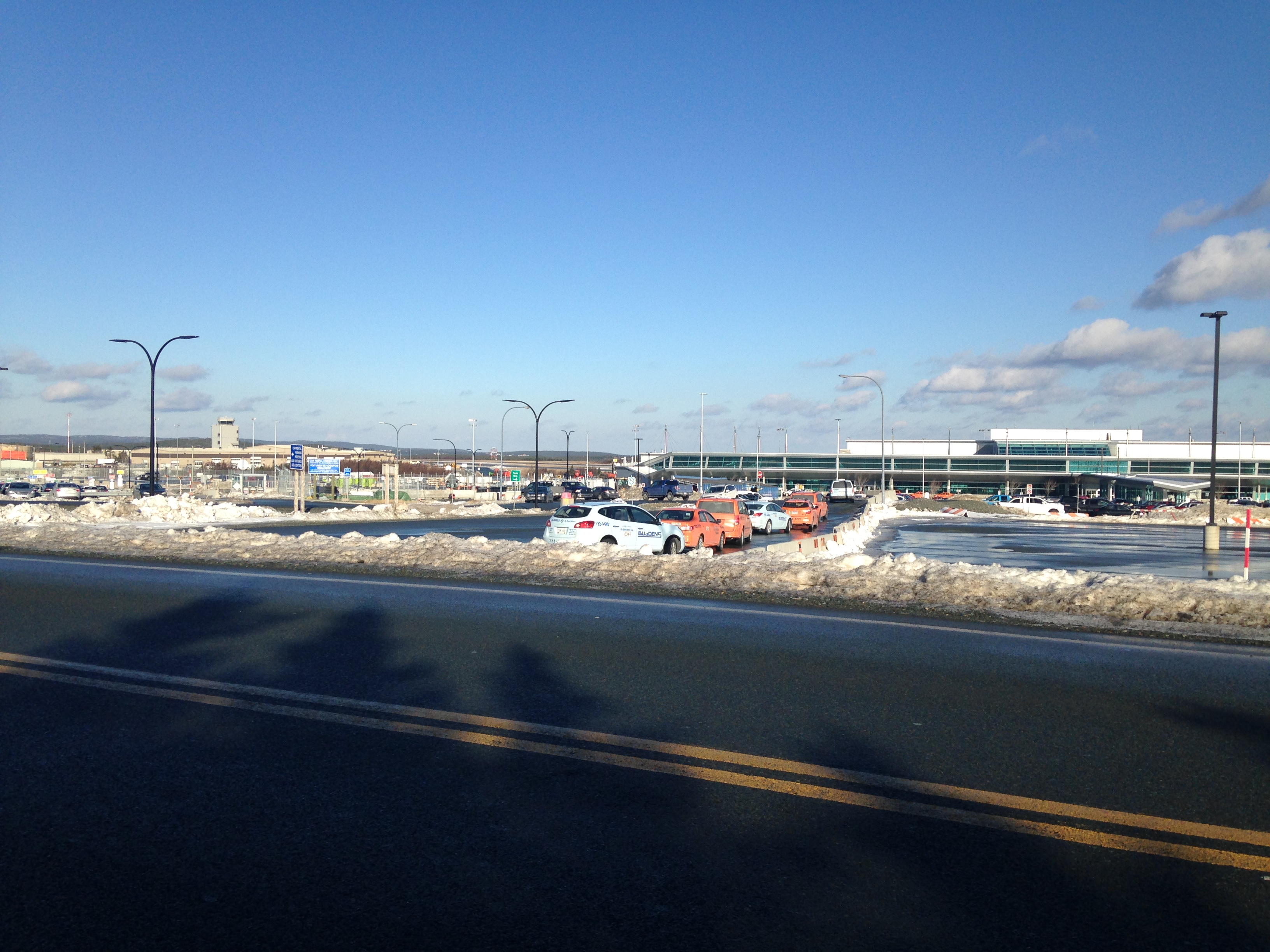
Uploaded on 2016-12-30 by Andrew McGrath
1. Three of the most important stocks and flows in my city of St. John’s, Canada are: food, energy, and water. 2. • St. John’s is the on the island of Newfoundland, which has notoriously poor soil conditions (the island is nicknamed “The Rock” due to it’s rocky soil and exposed bedrock). These poor soil conditions mean that very little food is produced locally, and most of the food has to be imported to the island (a flow). The imported food is stock piled in warehouses and stores until it is purchased and consumed by the population. For foods such as fresh meats and fruits/vegetables they cannot be stockpiled for a long period due to the long transport time before they reach the island. A large quantity of produce comes from California more than 7,000 km away. • In St. John’s (just as in every other city) energy is in constant flow. The majority of the city’s energy comes from hydroelectric dams. In the province there are a couple of large scale hydroelectric projects mixed in with a lot of smaller dams. Another source of power is the burning of oil at a power plant. The energy is stored as water head behind a dam, in the case of hydroelectric power, or as oil in tanks, for power plants. When water is released from the reservoirs, or oil is burned, electricity is created and it then flows into the city for consumption. The majority of homes in the city use electric heat so electricity is the main form of energy directly used by the population. • Water is a vital need for every city. In the greater St. John’s area there are two main water stocks; Windsor Lake, and Bay Bulls Big Pond. Some homes rely directly on groundwater wells for water. As Newfoundland is an island in the North Atlantic that receives a great deal of precipitation water is not a scarce resource for the city. The two main water sources are of fairly good quality to start with, but the water is treated before being distributed (a flow) to the population through the water mains. Water supply is much more difficult for the rural areas of the island. 3. • The stocks and flows of food could change dramatically in St. John’s if there was more local food production. As crop science improves and the diets of the population change through time, local production could improve. I do not think the heavy reliance on food imports will ever be completely removed though, simply because of the poor climate and short growing season. • The stocks and flows of energy in the province will change significantly over time. There is currently another large hydroelectric project in construction that will allow the province to shut down the major oil burning power plant. This will allow the city’s electrical energy supply to be mainly free of the burning of fossil fuels. • As there is no real shortage or issue with the water supply in St. John’s it is hard to think of major improvement besides there being more water quality monitoring and testing at the treatment plants.